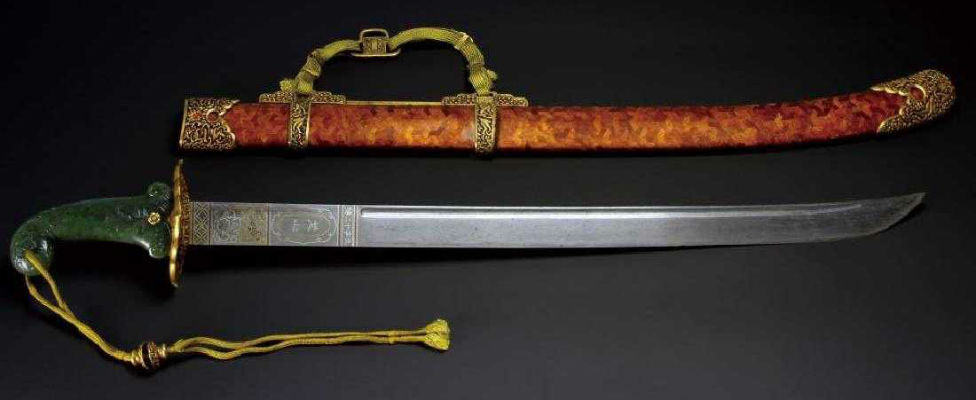
NEW YORK – Militaria runs the gamut from weapons such as swords, daggers, pistols and rifles to helmets, military division flags, patches, uniforms and other equipment or military collectibles. Militaria collectors are an especially patient lot, driven to collect but waiting for true and authentic items to hit the marketplace, often after being stored away in attics and basements for decades, likely being opened, or unfolded, for the first time since being packed away after a soldier or sailor returned home from service.
The typical militaria aficionado starts collecting because a parent or grandparent served in the military, says Miles King, general manager of Milestone Auctions in Willoughby, Ohio. Of course, “typical collector” is a bit of a misnomer as collectors have different reasons to collect and different tastes in what to collect.
“I think a lot of people collect certain years or one might collect all edged weapons … There are a lot of different kinds of things in collecting, some guys just collect Civil War or World War II.”
An interesting trend is that many U.S.-based collectors seek out German militaria, especially from the WWII era, which often ranks among the top-selling militaria items.

“I think German antiques do bring high prices,” King said, noting demand and scarcity drive the market as there are many reproductions out there but it can be hard to find authentic German items, which are well made.
In a discussion thread on an online military forum with one collector asking why many people collect German militaria, some collectors suggested it was due to the design and history of the WWII-era pieces as well as the exacting detail and fine craftsmanship these pieces exhibit.
Among the best-selling examples of German militaria are weapons. In January 2019, a rare 1939, cased presentation SA dagger with Damascus steel blade sold at Milestone Auctions for $55,000. The weapon, made by E. & F. Horster, exemplifies the best of German craftsmanship and national pride with the inscription on the obverse of the blade in gold high relief “Alles für Deutschland” (All for Germany) while the reverse has fine blue paneling with gold high relief floral pattern presentation with the inscription “Oberführer Kolofs zum Geburtstage 1939. Der Stab der SA Brigade 75.”

The German dagger is also a presentation piece, which ranks high in terms of desirability to militaria collectors, according to King. Presentation pieces, be they flags, rifles or swords, are desirable and obviously bring higher prices than pieces not associated with a specific person or a historic event in military history.

An Andrew Jackson presentation flag celebrating victory over the British at the Battle of New Orleans, probably made in the early 19th century, fetched $185,000 in December 2016 at Neal Auction Co., while a Winchester Model 1866 rifle featuring striking engraving by John Ulrich sold for $150,000 in June 2018 at Dan Morphy Auctions. The engraving on the rifle consisted of four vignettes on each side, two of them in deep relief, which is rare. While the Model 1866, the first Winchester rifle, was used widely on the American Frontier, the armies of France and the Ottoman Empire also carried these firearms in European wars.
In October 2018, Cowan’s Auctions featured in its Treasures of the Civil War auction 45 fine examples from the sword collection of noted collector William I. Koch, who began studying military history as a student at Culver Military Academy in Indiana and has been a passionate collector since then. A highlight of the auction was Civil War Ames presentation sword to Acting Master James R. Wheeler, USN – USS Kearsarge, that made $42,000. The nearly 29-inch blade having a 5½-inch gilt brass hilt whose grip ends in a sea serpent at the pommel and another sea serpent as the quillon was elaborately decorated with “panoplies of arms, flowing foliate and geometric themes and include a central image of an anchor surmounted by an American shield,” according to the catalog description.

“Some of the best stuff to collect are edged weapons and firearms… it depends on what you like,” King said, noting that these pieces, especially the fully engraved ones are beautiful works of art. “It’s a very solid market to collect because a lot of people remember the wars, it’s a very good market because it’s always going to be collected. There is always history there.”


